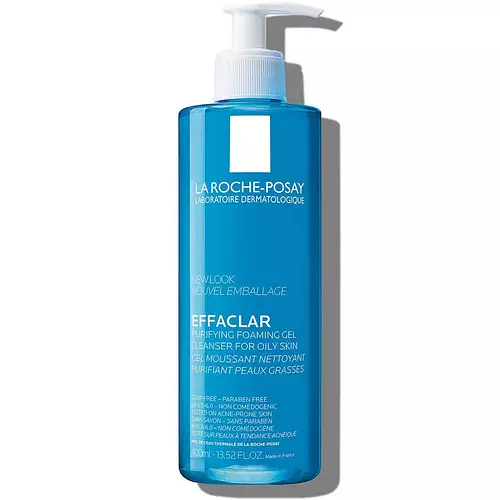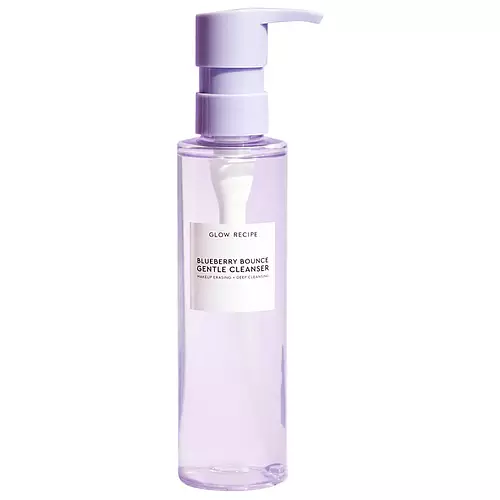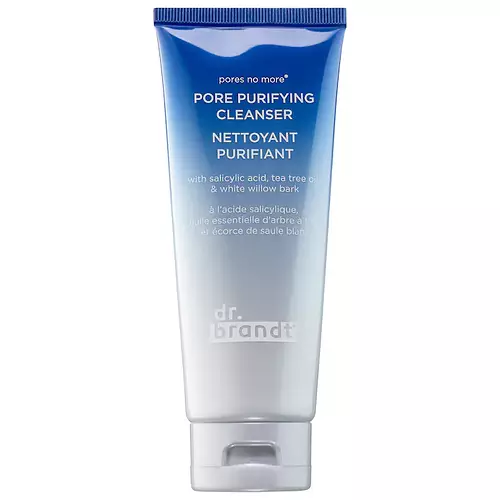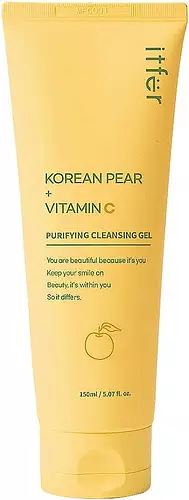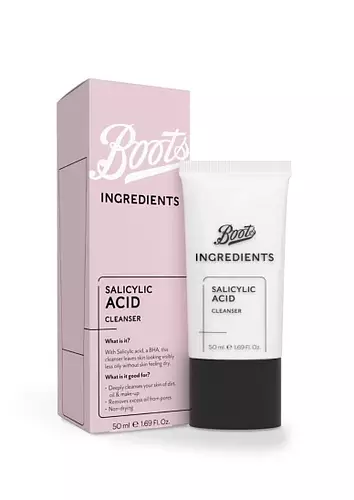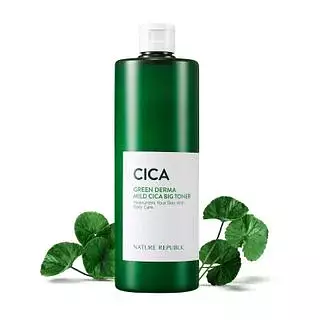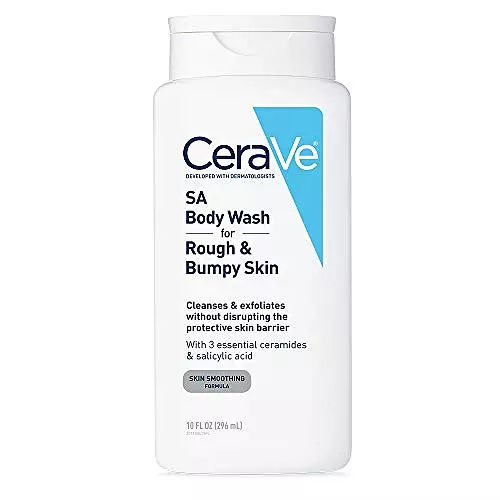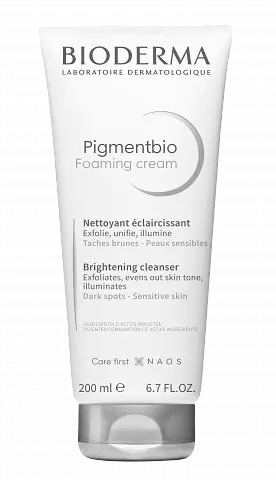La Roche-Posay Effaclar Purifying Foaming Gel Face Cleanser for Oily Skin Versus CeraVe Acne Foaming Cream Wash
Updated on January 05, 2024
Overview
What they are
These products are both reef safe face cleansers. They have a total of 3 ingredients in common
Suited For
They're both likely to be good for fighting acne and scar healing
Free From
They both do not contain any harsh alcohols, common allergens, oils, parabens or silicones
What's Inside
They both contain fragrances
We independently verify ingredients, and our claims are backed by peer-reviewed research. Spot a product that needs an update? Let us know.
Ingredient Info
La Roche-Posay Effaclar Purifying Foaming Gel Face Cleanser for Oily Skin 14 ingredients
CeraVe Acne Foaming Cream Wash 29 ingredients
At a glance
Click on any of the items below to learn more
La Roche-Posay Effaclar Purifying Foaming Gel Face Cleanser for Oily Skin 14 ingredients
CeraVe Acne Foaming Cream Wash 29 ingredients
Benefits
This product contains 1 ingredient that may have this attribute:
This product contains 1 ingredient that may have this attribute:
Concerns
This product contains 2 ingredients that may have this attribute:
This product contains 1 ingredient that may have this attribute:
This product contains 2 ingredients that may have this attribute:
This product contains 1 ingredient that may have this attribute:
Notable Ingredients
This product contains 1 ingredient that may have this attribute:
This product contains 1 ingredient that may have this attribute:
This product contains 1 ingredient that may have this attribute:
This product contains 3 ingredients that may have this attribute:
This product contains 1 ingredient that may have this attribute:
Benefits
This product contains 5 ingredients that may have this attribute:
This product contains 2 ingredients that may have this attribute:
This product contains 5 ingredients that may have this attribute:
This product contains 3 ingredients that may have this attribute:
This product contains 1 ingredient that may have this attribute:
This product contains 2 ingredients that may have this attribute:
This product contains 4 ingredients that may have this attribute:
This product contains 2 ingredients that may have this attribute:
This product contains 1 ingredient that may have this attribute:
This product contains 2 ingredients that may have this attribute:
This product contains 3 ingredients that may have this attribute:
Concerns
This product contains 1 ingredient that may have this attribute:
This product contains 3 ingredients that may have this attribute:
This product contains 2 ingredients that may have this attribute:
This product contains 3 ingredients that may have this attribute:
Ingredients Side-by-side
Ingredients Explained
These ingredients are found in both products.
Ingredients higher up in an ingredient list are typically present in a larger amount.
Water. It's the most common cosmetic ingredient of all. You'll usually see it at the top of ingredient lists, meaning that it makes up the largest part of the product.
So why is it so popular? Water most often acts as a solvent - this means that it helps dissolve other ingredients into the formulation.
You'll also recognize water as that liquid we all need to stay alive. If you see this, drink a glass of water. Stay hydrated!
Learn more about WaterSodium Hydroxide is also known as lye or caustic soda. It is used to adjust the pH of products; many ingredients require a specific pH to be effective.
In small amounts, sodium hydroxide is considered safe to use. However, large amounts may cause chemical burns due to its high alkaline.
Your skin has a natural pH and acid mantle. This acid mantle helps prevent harmful bacteria from breaking through. The acid mantle also helps keep your skin hydrated.
"Alkaline" refers to a high pH level. A low pH level would be considered acidic.
Learn more about Sodium HydroxideCaprylyl Glycol is a humectant and emollient, meaning it attracts and preserves moisture.
It is a common ingredient in many products, especially those designed to hydrate skin. The primary benefits are retaining moisture, skin softening, and promoting a healthy skin barrier.
Though Caprylyl Glycol is an alcohol derived from fatty acids, it is not the kind that can dry out skin.
This ingredient is also used as a preservative to extend the life of products. It has slight antimicrobial properties.
Learn more about Caprylyl GlycolIngredient Ratings
Here's what our community thinks of the ingredients in these products.
When to use
La Roche-Posay Effaclar Purifying Foaming Gel Face Cleanser for Oily Skin 14 ingredients
CeraVe Acne Foaming Cream Wash 29 ingredients


Reviews
Here's what our community thinks
La Roche-Posay Effaclar Purifying Foaming Gel Face Cleanser for Oily Skin 14 ingredients
ksjsj
Tried this before I realised my skin was dry, when I thought having acne = oily skin. Despite that, I don't think any cleanser should be this...
Tried this before I realised my skin was dry, when I thought having acne = oily skin. Despite that, I don't think any cleanser should be this drying and irritating.
Gabywu_498
Broke me out and damaged my skin barrier
I have acne-prone / oily skin and this cleanser broke me out so bad, and after using it for 6 months I...
Broke me out and damaged my skin barrier
I have acne-prone / oily skin and this cleanser broke me out so bad, and after using it for 6 months I realised that it was not a part of a “healing” process for my skin. Also, I never ever struggled with large pores and closed comedones but after using this product it became a problem. Needless to say that it not only broke me out a lot but also ruined my skin barrier. That was only my experience but I highly suggest buying something else as your cleanser.
